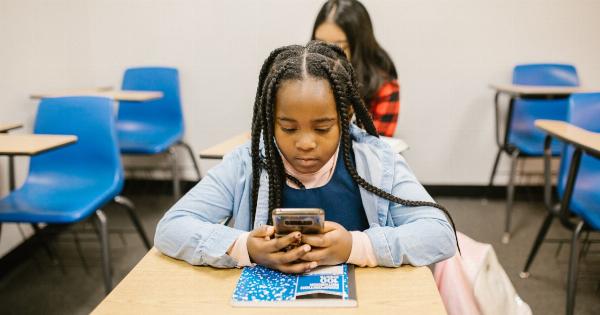In today’s society, one would assume that education is one of the most important aspects of a child’s life. However, recent studies have shown that illiteracy among high school students is on the rise.
This is a shocking discovery that has many educators and parents concerned.
The Causes of Illiteracy in High School Students
Many factors contribute to the rise of illiteracy among high school students. One of the biggest challenges is poverty.
Students coming from low-income families often do not have access to books, technology, and other educational resources that are available to their more affluent peers. This puts them at a disadvantage and can contribute to their inability to read and write at a proficient level.
Another cause of illiteracy among high school students is the lack of parental involvement. When parents are not involved in their child’s education, it can lead to a lack of motivation and interest in learning.
This can manifest in poor attendance, low grades, and a lack of foundational skills such as reading and writing.
Furthermore, many high school students come from homes where English is not the primary language. While being bilingual is an advantage, it can also lead to confusion when learning English writing and reading skills.
The Effects of Illiteracy in High School Students
Illiteracy has a significant impact on high school students both academically and socially. For example:.
- Illiterate students struggle to keep up with their peers in class and may fall behind on coursework.
- They may have difficulty understanding textbooks and other written learning materials, making it challenging for them to learn and apply the information presented.
- Illiteracy can also deter students from participating in class discussions, group work, and other types of collaborative learning, which can have a significant impact on their social development.
Furthermore, illiteracy among high school students can have lasting consequences since it may lead to difficulties later in life, including limited career opportunities and low earning potential.
What Can Be Done to Address Illiteracy in High School Students?
The good news is that there are many ways to address this issue. Here are some possible solutions:.
- Providing extra support for students who are struggling with reading and writing skills.
- Providing access to technological resources, such as computers and tablets, which can help students learn in interactive and engaging ways.
- Encouraging parental involvement in the child’s education, including attending parent-teacher conferences and reading with them at home.
- Offering after-school programs, summer camps, and other extracurricular activities that promote literacy development and engagement.
- Providing teachers with additional resources and training to help them support students who are struggling with literacy.
Conclusion
Illiteracy is a serious issue that affects high school students both academically and socially. Poverty, lack of parental involvement, and language barriers are just a few of the factors that can contribute to this problem.
It’s important that we continue to develop solutions to address this issue and provide high school students with the tools they need to succeed academically and professionally.






























